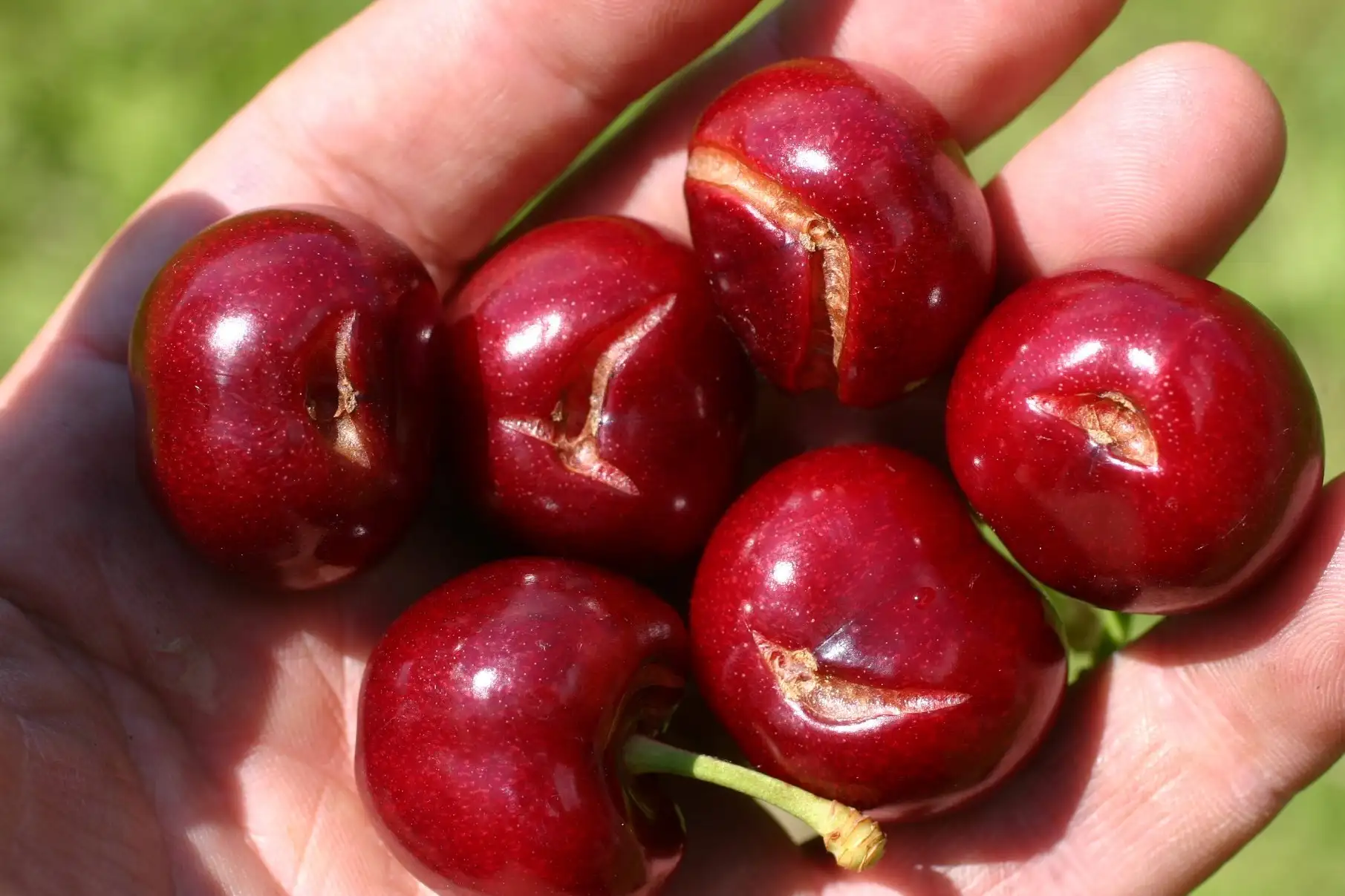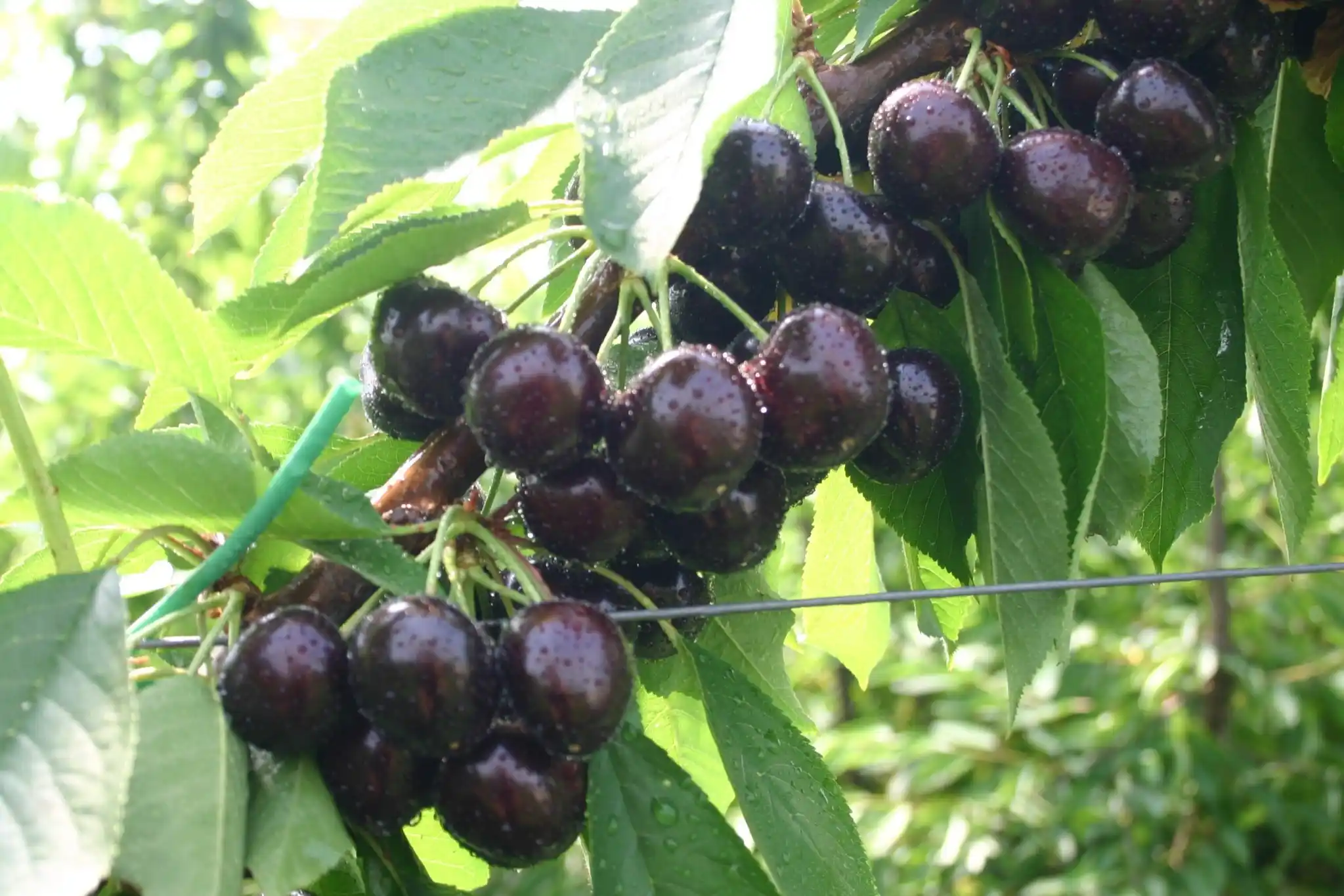Following a challenging 2023 season, the Northwest cherry growers are focusing on actions necessary to boost consumer demand and retail purchasing activity.
In recent years, we've seen a positive market evolution, with both retailers and consumers responding well to health messages. Now, many of our shippers are including health claims on their packaging, such as "Northwest cherries are a natural anti-inflammatory!"
We are also very interested in other factors that influence a consumer's decision to buy cherries over other fruits like grapes, strawberries, or blueberries.
A 2023 consumer attitude and usage study, which surveyed over 2,000 cherry buyers, found that the key factors for purchasing decisions remain quality and taste. These attributes are crucial for both repeat purchases and impulse buys, both necessary for successfully selling the crop.
However, the most important factor is price.
Last year, we conducted a study on consumer purchase decisions concerning retail prices. This topic is critical to our success, and looking back at June 2023 highlights how important price is for moving the annual harvest.
The average retail price promoted in June 2023 was $4.69 per pound (€4.32/450g). We learned that an average advertised price of $4.69 per pound did not help move the volume of fruit available during that period. It is also important to note that for every retailer advertising cherries at $4.69 per pound, there was another who did not advertise, with a "daily" price closer to $7.99 per pound.
Ultimately, this price was not attractive enough to move cherries through the system at the speed needed for the West Coast harvest. This issue was largely driven by the California industry: when the Northwest growers picked their first cherry, the global cherry market was mostly saturated, with an excess availability of fruit.
Consequently, the Northwest cherry growers conducted a separate retail pricing study for consumers, which provided some interesting insights into how much domestic cherry consumers are willing to pay for our fruit. We learned that once the retail price hits $4.50 per pound or higher, sales begin to drop rapidly.
Observations from this study:
- Over the past three seasons, the weighted average price promoted for dark sweet cherries has been $3.77 per pound (€3.47/450g).
- Using a predictive model based on volume data from the past three years, the volume of dark cherries will start to decrease as the price rises above the $3.77 threshold. However, retail revenues begin to stabilize only when the average price per pound of dark cherries reaches $4.50-4.60.
- In dark sweet cherries, consumer volume in the East Coast and West Coast regions is more sensitive to conventional price changes, meaning promotional activity drives consumers in these regions to purchase.
- For Rainier cherries, consumers in the northern and eastern United States are generally more responsive to price changes.
- The average price difference per pound between conventional dark cherries and Rainier cherries has been $2.58.
- Organic cherries have a wider price range compared to conventional ones, often with several reference points scattered.

For larger crops, it's clear that an advertised price between $2.99 and $3.99 could provide an attractive retail price for consumers, in addition to helping move the volume of fruit seen in years with more abundant harvests. This also leaves enough margin for growers to achieve a return on their land, which, from our industry's perspective, is the most important issue.
In recent months, national media have highlighted that retailers are using inflation as an excuse to raise grocery store prices. While we have no say in how a retailer develops their annual profit strategies, the key for us suppliers is ensuring we receive a return that allows us to continue producing the necessary food to feed our nation.
Certainly, an advertised price of $3.99 per pound for cherries leaves enough "meat on the bone" for our growers, allowing them to share in the profits generated by the retail side of our business. In 2024, we will implement promotion programs across the United States and in 16 export markets.
2024 Harvest Outlook
At the time of writing this column in mid-April, the 2024 Northwest harvest appeared to be on track, and we expect a start date of June 1 in our earliest orchards. During the winter, our late growers (mostly above 2,000 feet) experienced several cold nights (minus 18 degrees Fahrenheit in various locations), leading to a drastic reduction in the late harvest.
We have also learned that our friends to the north, in Montana and in Canada, were severely affected by the cold and expect a reduced crop of up to 80% in many orchards. Unfortunately, several late growers in Washington have told me that, based on bud kill measurements, they can already determine that high-altitude late orchards will not have enough fruit to constitute a harvest.
The good news is that we are on track to have a fairly normal harvest in our early and mid-season orchards, meaning we can expect plenty of Northwest cherries in both June and July. Growers in Oregon and Idaho also anticipate a fairly normal harvest in early, mid, and late orchards. The bloom was productive, with optimal weather for bee activity and pollination.
Naturally, with sweet cherries, each season will feature unique circumstances. This year, it seems that the California industry has harvested a large quantity of fruit. This scenario is somewhat surprising, given that California had a large crop in 2023 and historically has not had two large crops in a row.
As many of us painfully remember, the 2023 California crop arrived three weeks late compared to normal, and fruit was shipped well into July. Because the Northwest crop was heavily compressed, the fact that both sectors peaked in the same window made the market difficult, with a significant excess of sweet cherries available in June and early July.
The positive aspect this year is that California is following a more normal production path: harvesting is expected to start in the last week of April, with much of the crop available in the last two weeks of May, allowing for Memorial Day promotions (which were not possible in 2023).
With a more abundant California crop, both national retailers and global importers will focus on intense promotional activity in both June and July. Cherries are the number one item in the produce department per square foot during this window, and there is great hope that the necessary promotions and price points to effectively move our crop will become a reality this year.
Source: Good Fruit Grower
Image: Good Fruit Grower
Cherry Times - All rights reserved











